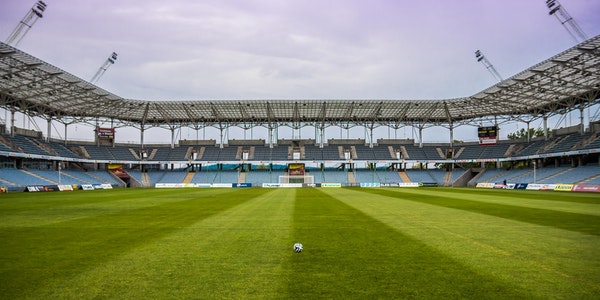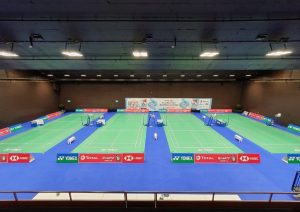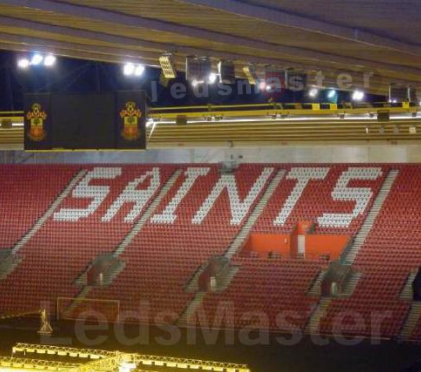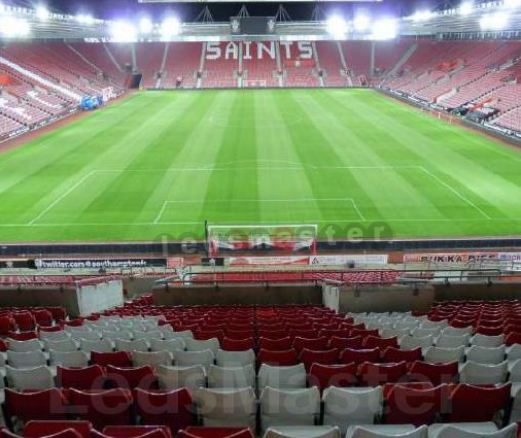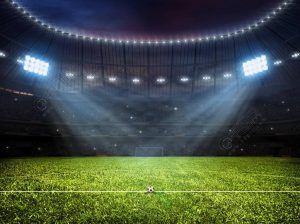B. Reduced carbon footprint
A reduced carbon footprint refers to the decrease in the amount of greenhouse gases, particularly carbon dioxide (CO2), emitted into the atmosphere as a result of human activities. Here’s an overview of the concept:
- Importance: The carbon footprint is a measure of the environmental impact of human activities, particularly in terms of their contribution to climate change. Greenhouse gases, such as CO2, trap heat in the Earth’s atmosphere, leading to global warming and associated environmental changes. Reducing the carbon footprint is essential for mitigating climate change, protecting the environment, and ensuring a sustainable future for generations to come.
- Sources of Carbon Emissions: Carbon emissions originate from various human activities, including:
Burning fossil fuels for electricity generation, heating, transportation, and industrial processes.
Deforestation and land-use changes, which release stored carbon into the atmosphere.
Agricultural practices, such as livestock farming and fertilizer use, which generate methane (CH4) and nitrous oxide (N2O) emissions.
- Strategies for Reducing Carbon Footprint: There are several strategies for reducing carbon emissions and minimizing carbon footprint:
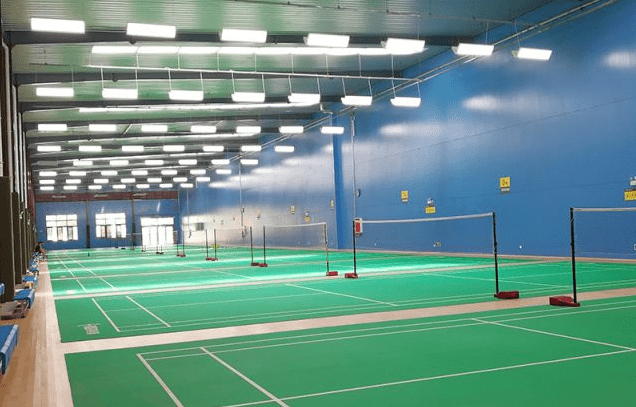
Transitioning to renewable energy sources, such as solar, wind, and hydropower, to replace fossil fuels and reduce emissions from electricity generation.
Improving energy efficiency in buildings, transportation, and industry to reduce energy consumption and associated emissions.
Enhancing carbon sequestration through reforestation, afforestation, and sustainable land management practices to capture and store carbon dioxide from the atmosphere.
Adopting sustainable agricultural practices, such as agroforestry and organic farming, to minimize emissions from land-use change and agricultural activities.
Promoting sustainable lifestyles and consumer choices, such as reducing waste, conserving resources, and choosing low-carbon products and services.
- Benefits of Reducing Carbon Footprint: Reducing the carbon footprint offers numerous benefits, including:
Mitigating climate change and its associated impacts, such as extreme weather events, sea-level rise, and ecosystem disruptions.
Improving air quality and public health by reducing emissions of air pollutants and respiratory irritants.
Enhancing energy security and resilience by diversifying energy sources and reducing dependence on fossil fuels.
Stimulating innovation, job creation, and economic growth in the clean energy and sustainability sectors.
Overall, reducing the carbon footprint is a critical priority for addressing climate change and achieving a sustainable and resilient future for the planet and its inhabitants. It requires collective action and collaboration among governments, businesses, communities, and individuals to implement effective solutions and reduce emissions across all sectors of the economy.
C. Improved lighting quality
Improved lighting quality refers to enhancements in the visual experience provided by lighting systems, resulting in better visibility, comfort, and aesthetics. Here’s an overview:
- Visibility: Improved lighting quality ensures adequate illumination levels for various tasks and activities, such as reading, working, or participating in sports. Higher light levels and uniform distribution reduce shadows, glare, and visual discomfort, enhancing visibility and reducing eye strain for occupants.
- Color Rendering: Lighting quality is influenced by the color rendering ability of the light source, which determines how accurately colors are perceived under artificial lighting. High-quality lighting sources, such as LEDs with high Color Rendering Index (CRI) values, reproduce colors more faithfully, enhancing visual clarity and color discrimination in indoor and outdoor environments.
- Uniformity: Uniform lighting distribution across a space minimizes variations in light levels and creates a more consistent visual environment. Properly designed lighting systems ensure uniformity by balancing light output, spacing fixtures evenly, and minimizing glare and hotspots.
- Flicker-Free Operation: Flickering or rapid fluctuations in light output can cause discomfort, fatigue, and headaches for occupants, particularly in environments with prolonged exposure to artificial lighting. Improved lighting quality involves the use of lighting technologies that provide stable and flicker-free illumination, promoting visual comfort and well-being.
- Flexibility and Control: Advanced lighting systems offer flexibility and controllability, allowing users to adjust lighting levels, color temperature, and lighting effects to suit specific tasks, preferences, and environmental conditions. Dimmable LED lighting, tunable white fixtures, and smart lighting controls enable personalized lighting experiences and energy savings.
- Aesthetics: Lighting design plays a crucial role in enhancing the aesthetics of indoor and outdoor spaces, creating visually appealing environments that evoke mood, atmosphere, and ambiance. Well-designed lighting schemes incorporate architectural features, accent lighting, and decorative fixtures to highlight focal points, create visual interest, and enhance the overall aesthetic appeal of a space.
- Energy Efficiency: Improved lighting quality can be achieved while maintaining energy efficiency through the use of advanced lighting technologies, such as LED lighting, which offer high efficacy, long life, and superior optical control. Energy-efficient lighting solutions deliver high-quality illumination with reduced energy consumption and operating costs, contributing to sustainability and environmental stewardship.
Overall, improved lighting quality enhances the visual experience, comfort, and functionality of indoor and outdoor environments, while also promoting energy efficiency, sustainability, and well-being for occupants. It requires careful consideration of lighting design principles, lighting technology selection, and user needs to achieve optimal lighting outcomes in various applications and settings.
D. Cost savings in the long term
Cost savings in the long term refer to the financial benefits achieved over an extended period through the implementation of cost-effective strategies or investments. In the context of lighting systems, here’s how long-term cost savings can be realized:
- Energy Efficiency: Upgrading to energy-efficient lighting technologies, such as LED (Light Emitting Diode) lighting, can result in significant long-term cost savings. LEDs consume less energy than traditional lighting sources, leading to lower electricity bills over time. Their high efficacy and long lifespan contribute to reduced maintenance and replacement costs, further enhancing the overall cost-effectiveness of LED lighting solutions.
- Reduced Operational Expenses: Energy-efficient lighting systems not only save on electricity costs but also require less frequent maintenance and replacement compared to conventional lighting technologies. LEDs have a longer operational life, lasting tens of thousands of hours before needing replacement, which reduces the need for labor, materials, and downtime associated with maintenance activities. This results in lower operational expenses and increased cost savings over the lifespan of the lighting system.
- Lower Total Cost of Ownership (TCO): When evaluating lighting investments, it’s essential to consider the total cost of ownership (TCO), which includes initial purchase costs, installation expenses, energy consumption, maintenance, and replacement costs over the entire lifecycle of the lighting system. Energy-efficient lighting solutions, such as LEDs, typically have a lower TCO compared to traditional lighting technologies, as they offer superior performance, durability, and energy savings, offsetting higher upfront costs with long-term benefits.
- Rebates and Incentives: Many utility companies, government agencies, and environmental organizations offer rebates, incentives, and financial assistance programs to encourage the adoption of energy-efficient lighting technologies. Taking advantage of these incentives can help offset initial investment costs and accelerate the payback period, resulting in faster returns on investment and greater long-term cost savings.
- Environmental Benefits: In addition to financial savings, energy-efficient lighting solutions contribute to environmental sustainability by reducing greenhouse gas emissions, energy consumption, and resource depletion. By minimizing environmental impact and promoting sustainable practices, businesses and organizations can enhance their reputation, attract environmentally conscious customers, and demonstrate corporate responsibility, further enhancing the long-term value of energy-efficient lighting investments.
Overall, investing in energy-efficient lighting solutions, such as LED technology, offers significant long-term cost savings, improved operational efficiency, and environmental benefits, making it a smart and sustainable choice for businesses, organizations, and individuals looking to reduce energy expenses and enhance their bottom line over time.
IV. Case Studies of Sports Teams Transitioning to LED Lighting
A. Case study 1: Liverpool
1. Overview of the team and their stadium
Overview of the Team and Their Stadium:
Liverpool Football Club (LFC) is one of the most storied and successful football clubs in the world. Founded in 1892, LFC has a rich history and a passionate global fanbase. The club is based in Liverpool, England, and competes in the English Premier League, the top tier of English football.
Anfield Stadium: Anfield Stadium is the iconic home ground of Liverpool Football Club. Located in the Anfield area of Liverpool, the stadium has been LFC’s home since its formation in 1892. Originally built in 1884, Anfield has undergone several expansions and renovations over the years to accommodate the growing demand from fans and meet modern standards.
Key Features of Anfield Stadium:
- Capacity: Anfield has a seating capacity of over 54,000 spectators, making it one of the largest football stadiums in England.
- Atmosphere: Known for its electrifying atmosphere and passionate supporters, Anfield is renowned as one of the most intimidating stadiums for opposing teams to visit.
- Facilities: The stadium features state-of-the-art facilities, including hospitality suites, corporate lounges, and media accommodations, to enhance the matchday experience for fans, sponsors, and stakeholders.
- History: Anfield has witnessed countless historic moments in football history, including Liverpool’s triumphs in domestic and international competitions, such as the English Premier League, UEFA Champions League, and FA Cup.
- Redevelopment: In recent years, Anfield has undergone significant redevelopment projects to modernize and improve facilities, increase seating capacity, and enhance accessibility for fans with disabilities.
Anfield Stadium holds a special place in the hearts of Liverpool supporters worldwide and remains an iconic symbol of the club’s rich heritage and tradition. As LFC continues to strive for excellence on the pitch, Anfield remains a fortress and a source of inspiration for players and fans alike.
2. Reasons for transitioning to LED lighting
(1) Energy Efficiency: One of the primary reasons for transitioning to LED lighting is its superior energy efficiency compared to traditional lighting technologies. LED lights consume significantly less energy to produce the same amount of light, resulting in lower electricity bills and reduced energy consumption. For sports stadiums like Anfield, which require extensive lighting during matches and events, the switch to LED lighting can lead to substantial energy savings over time.
(2) Cost Savings: LED lighting offers long-term cost savings due to its lower energy consumption and longer lifespan. While the initial investment in LED fixtures and installation may be higher than traditional lighting options, the reduced energy bills and maintenance costs over the lifespan of the LED lighting system can result in significant savings for sports teams and stadium operators.
(3) Environmental Impact: LED lighting is more environmentally friendly than traditional lighting technologies, as it produces fewer greenhouse gas emissions and contains no hazardous materials such as mercury. By transitioning to LED lighting, sports teams like Liverpool FC can reduce their carbon footprint and contribute to sustainability efforts, aligning with their commitment to environmental responsibility and corporate social responsibility initiatives.
(4) Improved Lighting Quality: LED lighting provides superior lighting quality compared to traditional lighting sources, offering brighter, more uniform illumination with better color rendering and reduced glare. For sports stadiums like Anfield, where visibility is critical for players and spectators alike, the improved lighting quality provided by LED fixtures enhances the overall matchday experience and ensures optimal viewing conditions for fans.
(5) Durability and Longevity: LED lighting fixtures have a much longer lifespan than traditional lighting sources, lasting tens of thousands of hours before needing replacement. This durability reduces the frequency of lamp replacements and maintenance tasks, resulting in fewer disruptions and downtime for stadium operations. Additionally, the robust construction of LED fixtures makes them more resistant to damage from vibrations and impacts, making them ideal for use in high-traffic environments like sports stadiums.
(To Be Continued)

